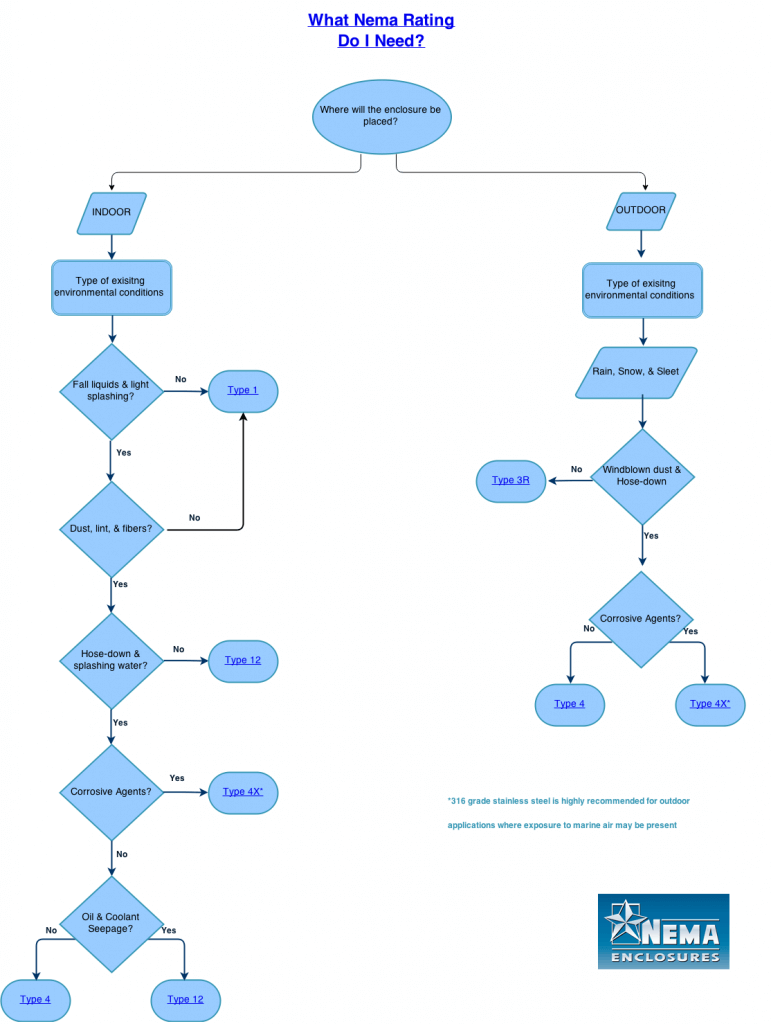Jerramundi
Senior Member
- Location
- Chicago
- Occupation
- Licensed Residential Electrician
Hey all, just doing some research about Ingress Protection (IP) Ratings. I was wondering if anyone knew if the "Weatherproof" NEC requirement, and subsequently the "Weather Resistant" requirement, were based on an explicit range of IP Ratings.
Initial searches from very, very unofficial sources reveal that "Waterproof" is considered IP 65, 66, and 67. I realize "Waterproof" and "Weatherproof" are technically different terms. Just wanted to get some of your thoughts.
Share what you know! (+sources if you have them)
Initial searches from very, very unofficial sources reveal that "Waterproof" is considered IP 65, 66, and 67. I realize "Waterproof" and "Weatherproof" are technically different terms. Just wanted to get some of your thoughts.
Share what you know! (+sources if you have them)






